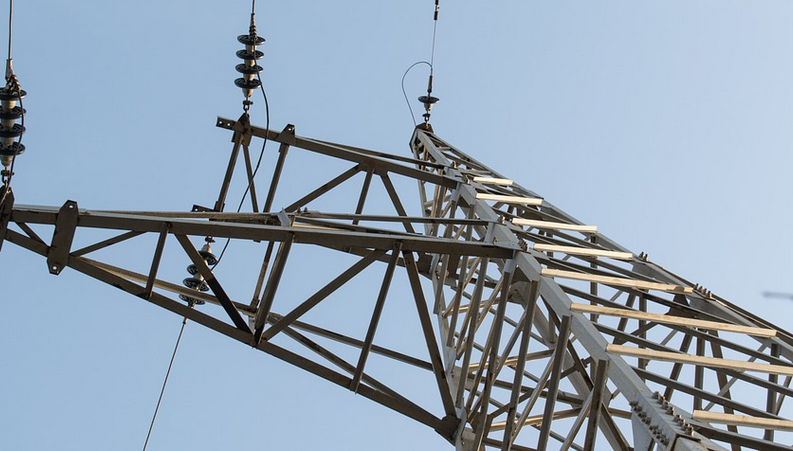A Year of Accidents, Unraveling Fort Lauderdale’s Stories
It’s a sunny day in South Florida, palm trees swaying gently, and the beach calls your name. But as beautiful as the scene might be, beneath the surface lies a world of accidents, their stories unfolding on concrete and asphalt each day. Fort Lauderdale, like any bustling city, faces its share of traffic incidents, collisions, and other unfortunate incidents that leave an impact on its residents and visitors alike. But knowing what’s happening in our communities is crucial. Understanding the common causes of these accidents, where they occur, and who is impacted can help us make informed decisions about driving safety, community planning, and perhaps even finding creative solutions to prevent future incidents. It’s like taking a deep breath before diving into a pool; understanding traffic patterns helps you navigate safely.
To dive deeper into the complexities of Fort Lauderdale’s accident reports, we’re exploring these key areas:
**1. The Numbers Tell A Story:** First and foremost, accident data provides an invaluable overview of what’s happening in our streets. These numbers can reveal trends in specific locations, times of day, and types of accidents. Traffic reports often delve into the specifics, offering insights into: * **Frequency:** How many incidents occur each month on average? * **Location:** Which areas are hotspots for collisions? * **Type of Incident:** Is it mostly fender benders or serious car accidents? Do we see more pedestrian-related events? * **Severity:** Are there a large number of injuries, crashes with significant property damage, or are they mainly minor incidents?
These numbers paint a broad picture but sometimes don’t reveal the full story. That’s where analyzing incident reports becomes critical. These in-depth records provide valuable details on what exactly transpired during each accident.
**2. Delving Deeper: The Incident Reports, Our Confidential Time Machine:**
Accident reports are like private time machines, offering a detailed account of every collision. They often include information such as:
* **Date and Time of the Accident:** This helps identify patterns in accident occurrence throughout the day and year. * **Location:** The precise address where the accident took place is vital for understanding specific traffic flow issues and identifying areas prone to collisions. * **Affected Parties:** Information regarding who was involved is crucial. It may include details on whether it was a single vehicle, multiple vehicles, or even pedestrians, highlighting vulnerable individuals like cyclists or even pedestrians. * **Vehicle Type: ** Identifying the types of cars involved can reveal if common models are prone to accidents, which could lead to targeted safety campaigns and preventive measures for these specific vehicles.
Beyond this basic information, accident reports offer insights into the causes of the incidents. This is where understanding the real “why” becomes crucial. A detailed report often includes:
* **Cause of Accident:** Was it due to distracted driving, speeding, or even bad weather conditions? * **Contributing Factors:** These could be things like improper road signage, inadequate lighting, or poor design of pedestrian crossings. **3. The Human Side: Understanding the Impact on Community Life**
While numbers give us a glimpse into accident frequency and location trends, it’s crucial to remember the human impact behind these incidents. Accidents can have lasting consequences for individuals and entire communities.
* **Injury Recovery:** Accident reports often provide insight into the type of injuries sustained, which helps healthcare professionals understand what kind of resources are needed in emergency situations and long-term rehabilitation programs. * **Emotional Toll:** Beyond physical impacts, accidents can leave deep emotional scars on victims and their families. **4. Where Are The Accidents? A Street-Level View of Safety**
Knowing where the most accidents occur in Fort Lauderdale, allows for targeted community planning efforts to minimize future incidents. This is a vital step toward improving safety for everyone.
* **Traffic Flows:** Heavy traffic areas can be identified through accident reports and this information should be used in the creation of better traffic management systems like implementing new light signals or even adjusting public transit routes. **5. The Power of Prevention: Working Towards Safer Streets For the Future**
Understanding accident data is just the first step. By using these insights, we can work towards building safer roads and communities for everyone.
* **Targeted Safety Initiatives:** Specific areas with high accident rates can be targeted for improved safety features like speed bumps, pedestrian crossings, and better street design. * **Educational Campaigns:** By highlighting the causes of accidents through educational campaigns, we can empower individuals to make safer choices on the road. **6. A Collaborative Approach: Working Together For Safer Streets**
Fort Lauderdale’s accident reports are more than just numbers; they’re a testament to our collective responsibility for safety. By working together with local authorities, community groups, and even drivers, we can create a safer road network for everyone.
* **Transparency:** Openly sharing accident data helps foster trust and engagement between residents, authorities, and organizations who are dedicated to improving safety on the roads. * **Community Involvement:** Involving local communities in planning efforts by raising awareness about accident trends can lead to more effective solutions that address everyone’s needs. **7. Building a Safer Future: A Look Ahead to The Next Year of Accident Reports**
The next year of Fort Lauderdale accident data promises to offer valuable insights into the city’s road safety landscape. By analyzing these reports, we can make informed decisions about how to improve our transportation system and create a safer environment for all.
The journey towards a truly safe community requires dedication from individuals, communities, and authorities alike. Accident reports are critical in this process. They offer more than just numbers; they’re tools in finding solutions that will ultimately make a positive impact on Fort Lauderdale’s future.
Remember, with knowledge comes responsibility. By understanding the dynamics of accidents, we can all play a role in making our roadways safer for everyone.
